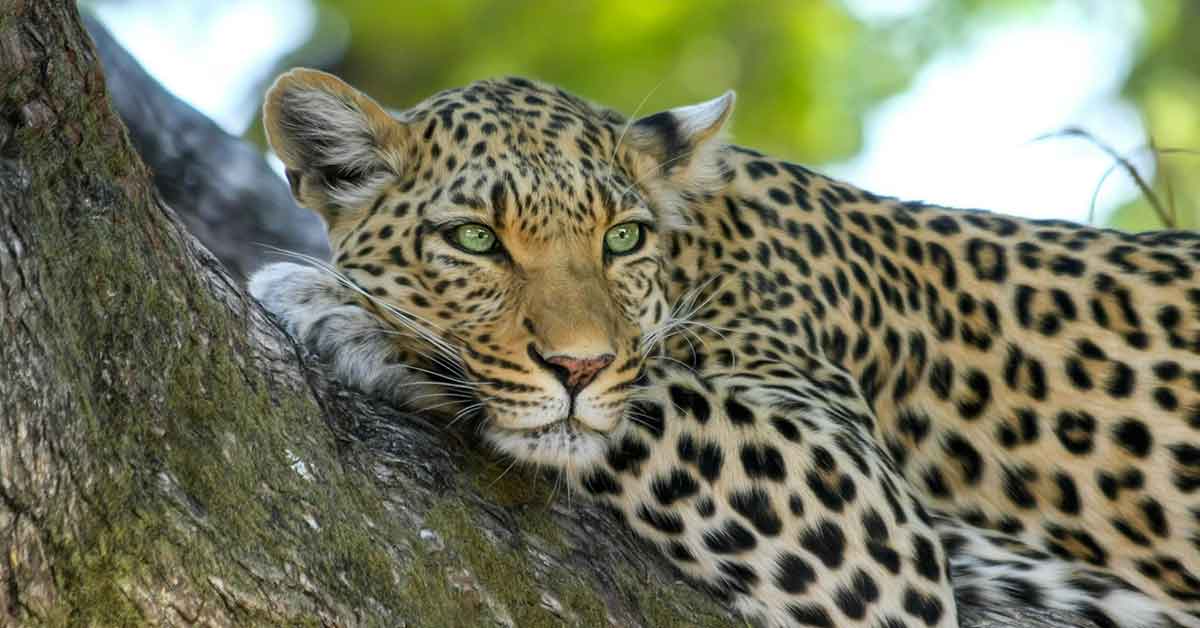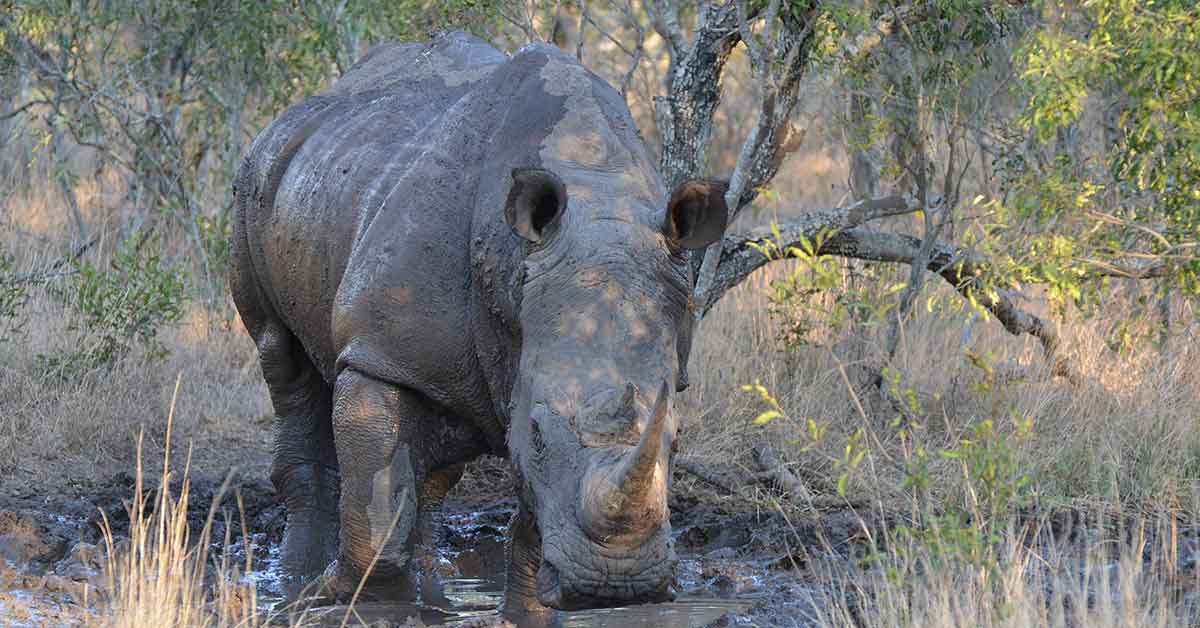Is it possible kayaking on Murchison Falls, embarking on a kayaking journey down the powerful…

How many elephants in Murchison Falls, elephants are the largest terrestrial animals on Earth and have long captured the imagination of people around the world. In Uganda, they are not only a symbol of the country’s rich biodiversity but also play a vital role in maintaining the health of its ecosystems. There are around 5000 elephants in Uganda and this number of elephants has boosted tourism.
Uganda, often referred to as the “Pearl of Africa,” boasts a diverse range of ecosystems, from lush forests and savannas to wetlands and mountainous regions. These varied habitats provide suitable conditions for wildlife, including elephants, to thrive. Historically, Uganda was home to a significant elephant population. However, this population has faced numerous threats, including habitat loss, poaching, and human-wildlife conflict. These factors have contributed to the fluctuation in elephant numbers over the years.
Efforts to estimate Uganda’s elephant population have primarily involved wildlife surveys, which are carried out periodically. These surveys are comprehensive and rely on various methods, including aerial surveys, ground patrols, and camera traps. Aerial surveys involve flying over elephant habitats to count and photograph the animals. Ground patrols are used to verify the accuracy of aerial surveys and gather additional data, while camera traps capture images of elephants in their natural habitat.
Despite these extensive efforts, counting elephants is a challenging task for several reasons. Elephants are known for their elusive nature, often hiding in dense vegetation and their large home ranges, which can span hundreds of square kilometers. Additionally, Uganda’s varied terrain and remote locations make it difficult to conduct comprehensive surveys.
One of the major concerns for the elephant population in Uganda is poaching. Ivory poaching, driven by the illegal international ivory trade, has been a significant threat to elephants in the region. The Ugandan government, conservation organizations, and international partners have implemented various measures to combat poaching, including increasing law enforcement efforts and strengthening anti-poaching initiatives.
Community-based conservation efforts have also played a crucial role in elephant conservation. By involving local communities in protecting elephants and their habitats, initiatives like the Uganda Wildlife Authority (UWA) aim to reduce human-wildlife conflicts and promote coexistence. These programs not only help protect elephants but also contribute to the well-being of local communities by providing incentives for conservation.
In conclusion, estimating the precise number of elephants in Uganda is a challenging and ongoing process due to the complexities involved in counting these magnificent creatures in their vast and diverse habitats. However, it is important to recognize the country’s commitment to elephant conservation through wildlife surveys, anti-poaching efforts, and community-based initiatives. These actions are critical for the protection of elephants and the preservation of Uganda’s rich biodiversity.


